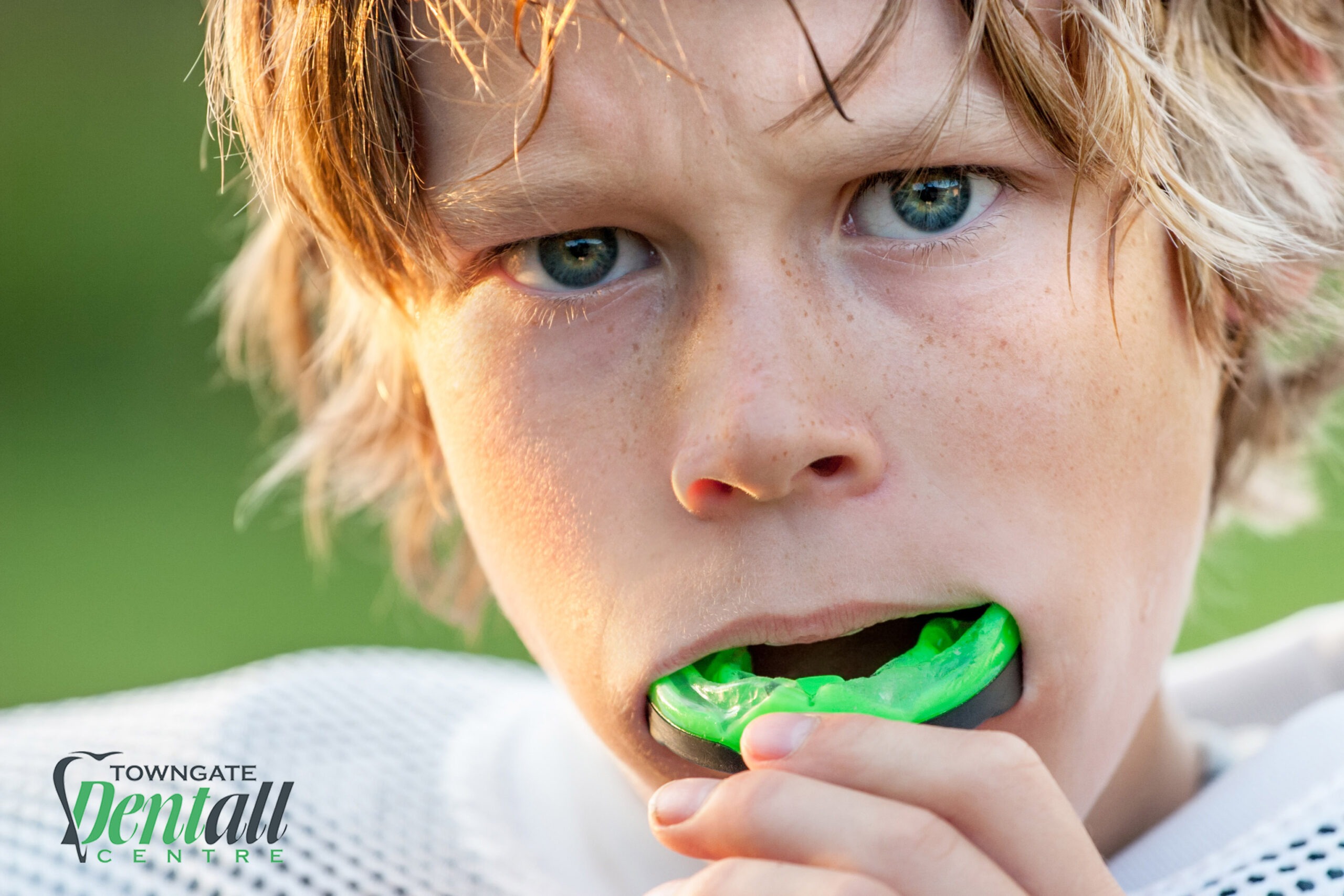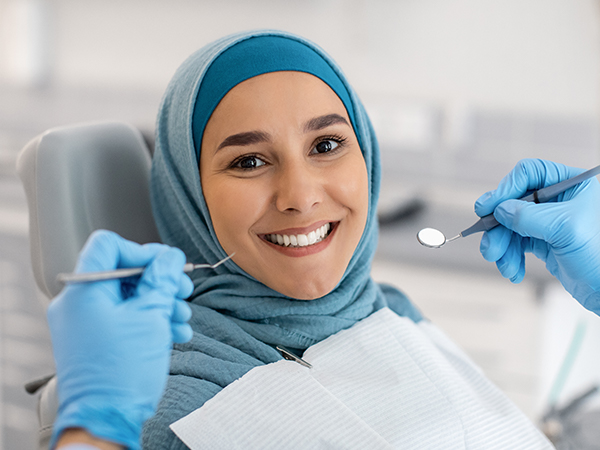See our teeth whitening promo here
Facts About Sports Mouthguards
Blog:Facts About Sports Mouthguards

Soccer, football, rugby, lacrosse, boxing, basketball, baseball, hockey, martial arts – so many to choose from in the new school year! And all of them contact sports that put your teeth at risk. Protect your mouth – research shows that orofacial injury in sports is prevalent but preventable.
Sports mouthguards prevent tooth, mouth, and jaw injuries in all sports at all levels. But finding the right mouthguard is just as important as having one!
The ideal mouthguard needs to be
properly fitted and adopted
made of strong materials that can absorb shock
very comfortable!
Here is what you need to know about your sports mouthguard:
1. In most sports you only need a guard for the top teeth.
It is more comfortable and lets you breathe easier during a game. There are some exceptions though (boxing, for example) where some athletes wear mouthguards that cover upper and lower teeth, this is because they are more likely to get hit in lower jaw.
2. Replace your mouthguard often.
If your training is intense and you wear the mouthguard often, you should replace it every season. Alternatively, replace it when it starts to look worn down. And if you want it to last longer – don’t chew on it!
3. You need to clean your mouthguard.
To keep it in good shape and not let bacteria to grow you should clean your mouthguard after every game or practice, ideally using a toothbrush and toothpaste or dish soap, then rinse well and put it in a ventilated container.
4. Choose a well fitted mouthguard over a generic one.
There are many mouthguards on the market:
Stock mouthguards – which are generic, not well adapted and least effective
“Boil and bite” mouthguards – these come in a pre-formed shape but can be altered. They provide a better fit and should be used for the occasional game
Custom mouthguards – most expensive but also most effective, comfortable and long lasting – a must for a top athlete. They are made at a dental office and can consist of single, double, or triple layer of material depending on the sport.
5. You can get sport mouthguards that fit over you braces.
These need to be customized at your dental office. Considering your orthodontic treatment usually lasts for at least a year it is a good idea to protect not only your teeth but also your soft tissues from the wires and brackets injuries.
6. It takes 2 visits to have a sport mouthguard done at the dental office – first we will take detailed impressions of your teeth, then they are sent to the laboratory to be made. Your second appointment is approximately 1 week later to have the mouthguard fitted.
You must think about your mouthguard as an investment in your health – and remember:
Mouthguards cost a lot less than an emergency treatment!


